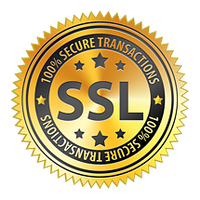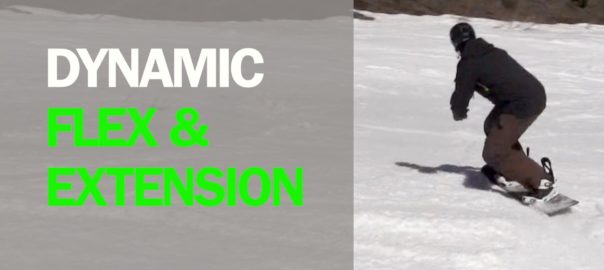Know the code and #3 of the Snowboard Responsibility Code is to not obstruct the trail and be seen from above. This online snowboard lesson will go over Snowboard Safety Code #3. It is very important to know the responsibility code when riding on the mountain. Learn to snowboard online with flowingfreeride.com and take a look at our YouTube Page for more free content and learn to snowboard right.
If you need to stop pull off the side of the trail. If your group stops line up single file down the hill and not across. Peeps from above need to see you from 100 feet so they have time to stop or avoid you. Terrain may vary going up and then down. If you go over a roller, where the run goes uphill you don’t want to stop a few feet down from there because people won’t see you until they get to the apex. This happens a lot in parks with jumps when riders or skiers stop on the landing. Snowboarders are carrying a lot of speed in the air and just can’t stop. Never stop on the landings of kickers because you’re not being seen from above until it’s too late!
I’ve spent a lot of time in the and seen some accidents that could have been avoided if they only knew the code. There’s nothing worse than being 15 feet in the air and seeing some gaper right where you’re going to land. I’ve been able to jib them luckily and not landed right on them. That’s why safety is so huge. Know the safety rules of the park and mountain especially as you start getting on more intermediate terrain. Other riders know the rules and assume you do too. Avoid injuries to yourself and others by knowing the full responsibility code.
Snowboarding is such a great fun sport and to ensure you’re able to keep doing it be safe! Look uphill whenever you start or when trails merge. Stay in control and people in front of you have the right away. Obey the posted signs and closed areas. Know how to load, ride and unload the lift and use devices to prevent runaway equipment.
- Stay in control
- People downhill have right of way
- Don’t Obstruct and be visible from above
- Look uphill when starting and merging
- Use devices to prevent runaway equipment
- Observe and obey all signs.
- Know how to load, ride & unload lifts safely
Start snowboarding right and being safe at the beginning and you’ll enjoy snowboarding for a long time. Avoid injuries by using flowingfreerdie.com & snowboardclass.com snowboard video tutorials.



